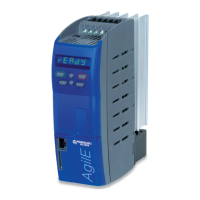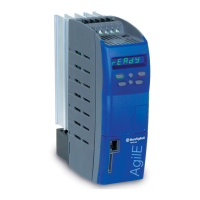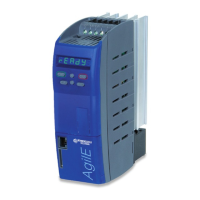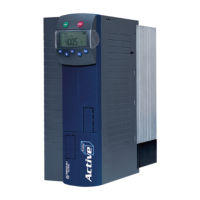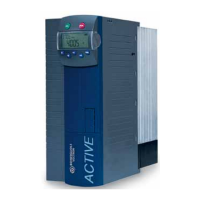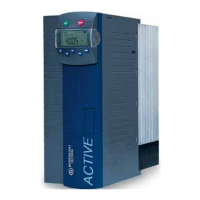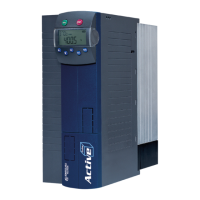Energy saving
8 Energy saving
Energy can be saved in a drive by reducing the losses in the electric motor or by reducing the energy
consumption of the frequency inverter. In addition, the generator energy generated during braking
operation can be used instead of converting it to heat.
Energy saving options
The frequency inverter offers the following energy saving options:
− Standby mode of frequency inverter
− Standby mode of operator panel
− Energy saving function: The operating point of the motor is optimized so that the power consump-
tion is kept to a minimum.
− Quadratic V/f characteristic in the case of control of an asynchronous motor
− DC-link connection
− Energy-optimized braking
− PID controller (technology controller): When the reference value is reached, the motor is switched
off.
− External DC 24 V power supply. Power supply can be switched off while the system is not in opera-
tion.
− Temperature-controlled fans
− Automatic switching frequency changeover
− In the frequency inverter, special energy saving circuitry is integrated
8.1 Energy saving function
The operating point of the motor is optimized so that the power consumption is kept to a minimum
and energy saving is maximized. The energy saving function can be switched on if one of the follow-
ing control methods for parameter
Configuration 30 is selected:
− "110 - IM sensor-less control" (V/f characteristic)
− "410 - IM: sensor-less field-orientated control (DMC)"
Via the following parameters, the energy saving function can be set up:
−
Operation Mode Energy Saving Function 1550
−
Flux Reduction 1551
−
Energy Saving Function On 1552
The energy saving function is suitable for:
− partial load operation of a drive
− drives without high or frequent load variations
The energy saving function is not suitable for operation of a synchronous motor. The energy saving
parameters cannot be set if "610 - PMSM: sensor-less field-orientated control (DMC)" is selected for
parameter
Configuration 30.
110 - IM sensor-less control (V/f characteristic)
In the case of the sensor-less control of an asynchronous motor according to the V/f characteristic,
the optimum operating point of the motor is adjusted in order to keep power consumption to a mini-
mum.
410 - IM: sensor-less field-orientated control (DMC)
In the case of the field-orientated control of an asynchronous motor, the optimum operating point of
the motor is adjusted in order to keep power consumption to a minimum.
257
Energy saving function 06/2013 Operating Instructions
Agile
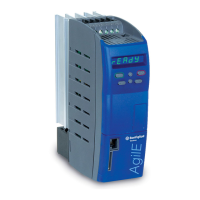
